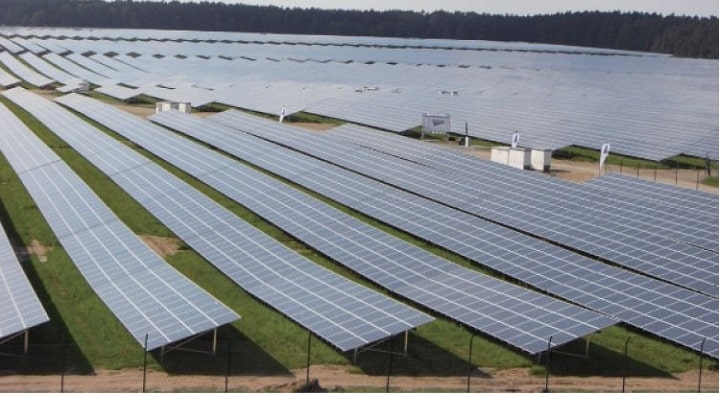U.S. solar installations are expected to soar 43% this year, just shy of a pre-pandemic forecast, as the industry has recovered more quickly than expected from a virus-related slowdown, according to a report by the top solar trade group.
The improved outlook reflects robust demand from utilities seeking to meet carbon-reduction goals and a rebound in demand for home solar systems, thanks in part to declining costs for the technology.
The sector is now expected to install more than 19 gigwatts of solar this year, enough to power more than 3.6 million homes, according to the U.S. Solar Energy Industries Association (SEIA) and energy research firm Wood Mackenzie. Last year it installed 13.3 GW of capacity.
Solar energy also accounted for 43% of new U.S. power capacity additions through the third quarter, compared with less than a third for wind and natural gas.
SEIA and Wood Mackenzie had initially forecast 2020 solar growth of 47%, but that outlook slid to 33% as the coronavirus spread throughout the United States in the spring.
The solar industry has been growing rapidly in recent years thanks to declines in the cost of the technology that enable it to compete with power generated by coal and gas.
Even so, just 3% of U.S. electricity is now generated by the sun. SEIA hopes that will rise to 20% over the next decade.
Utility-scale projects, which accounted for 70% of the market in the third quarter, experienced only minor disruptions due to pandemic-related shutdowns, according to the report.
New project announcements from U.S. utilities during the quarter prompted SEIA to revise its installation forecast for 2021 to 2025 upward by 10 GW to 107 GW.
Residential installations are also recovering better than expected and are expected to be up 7% this year. Prior to the pandemic, SEIA had forecast residential solar growth of between 9% and 17% in 2020 and 2021.








































